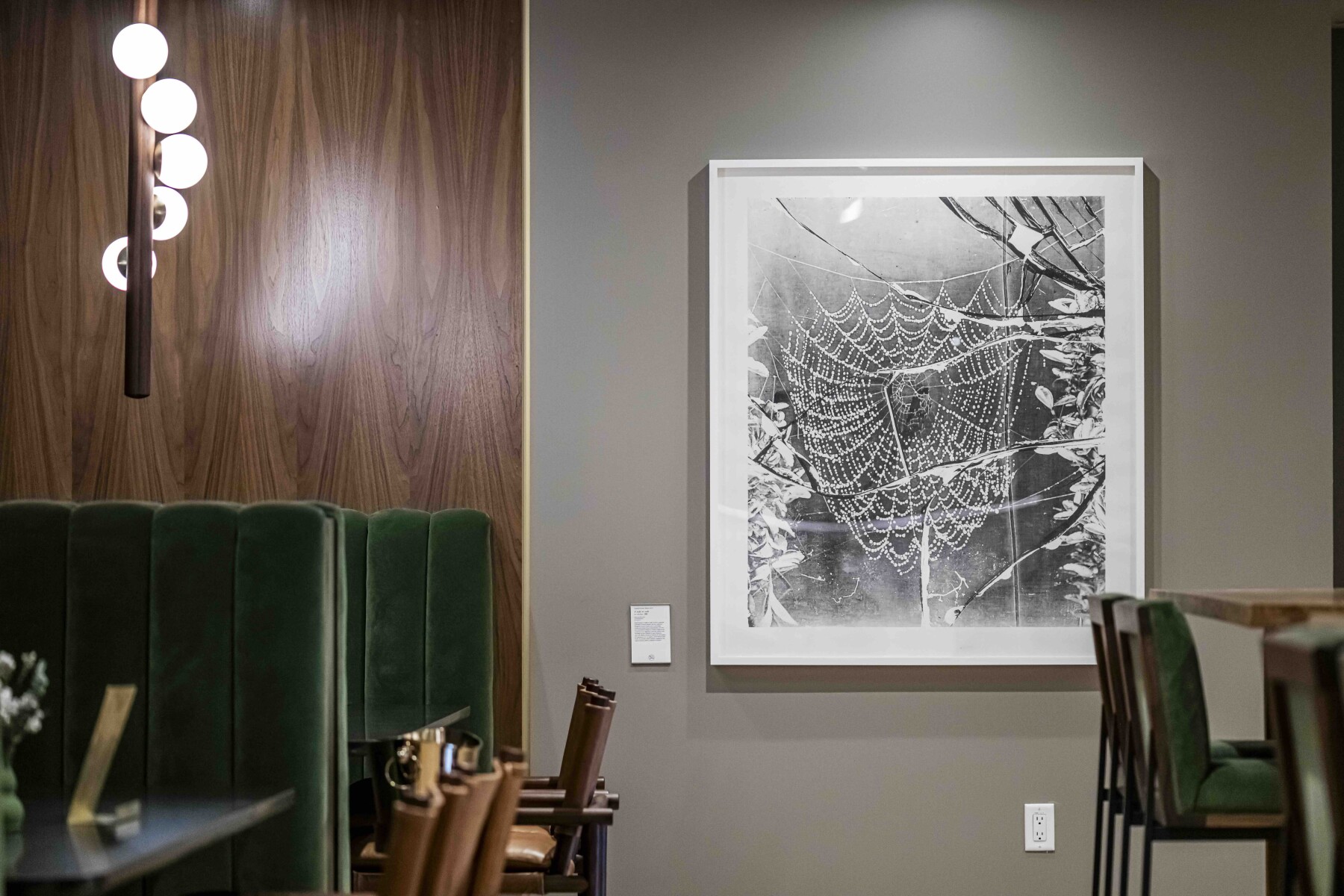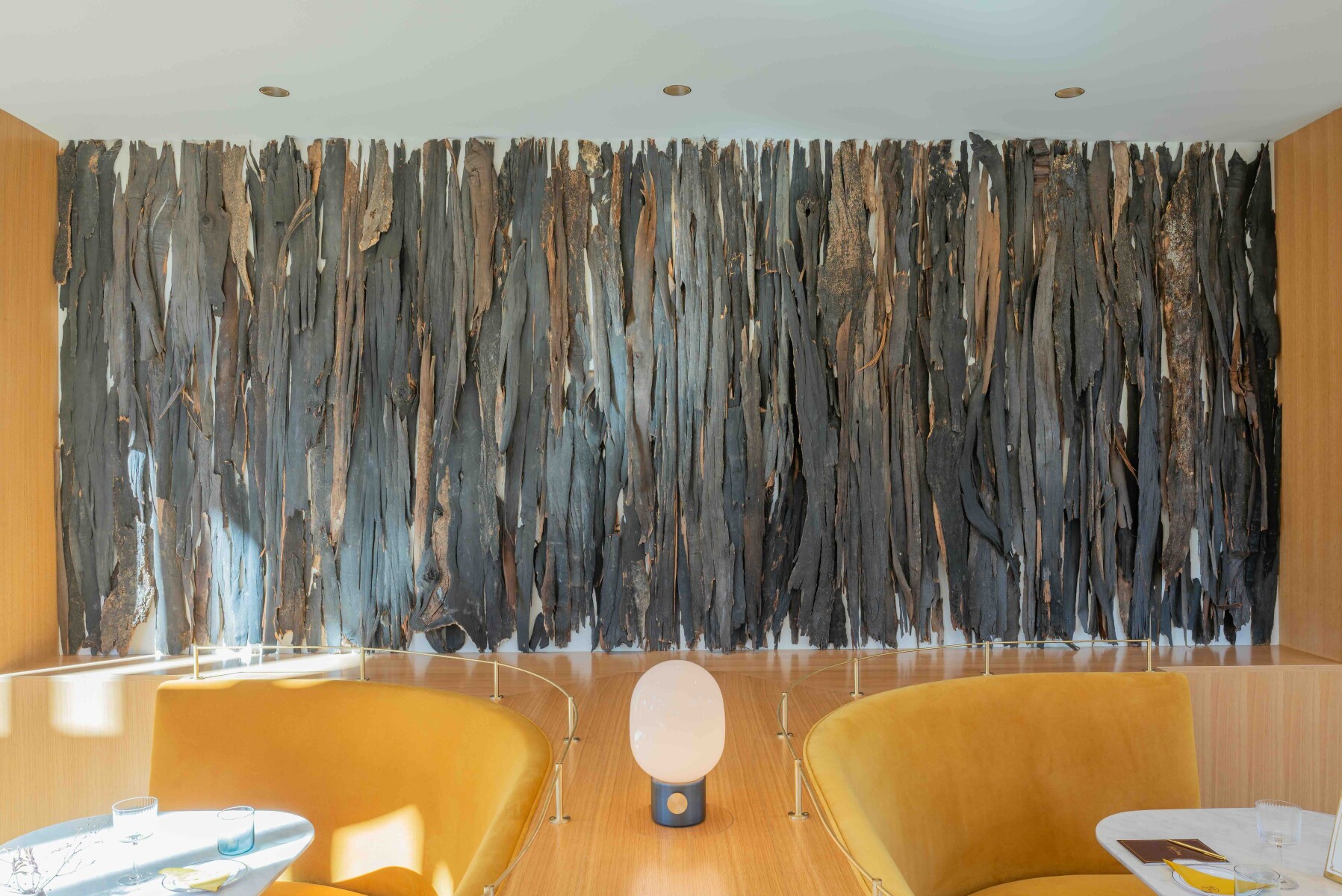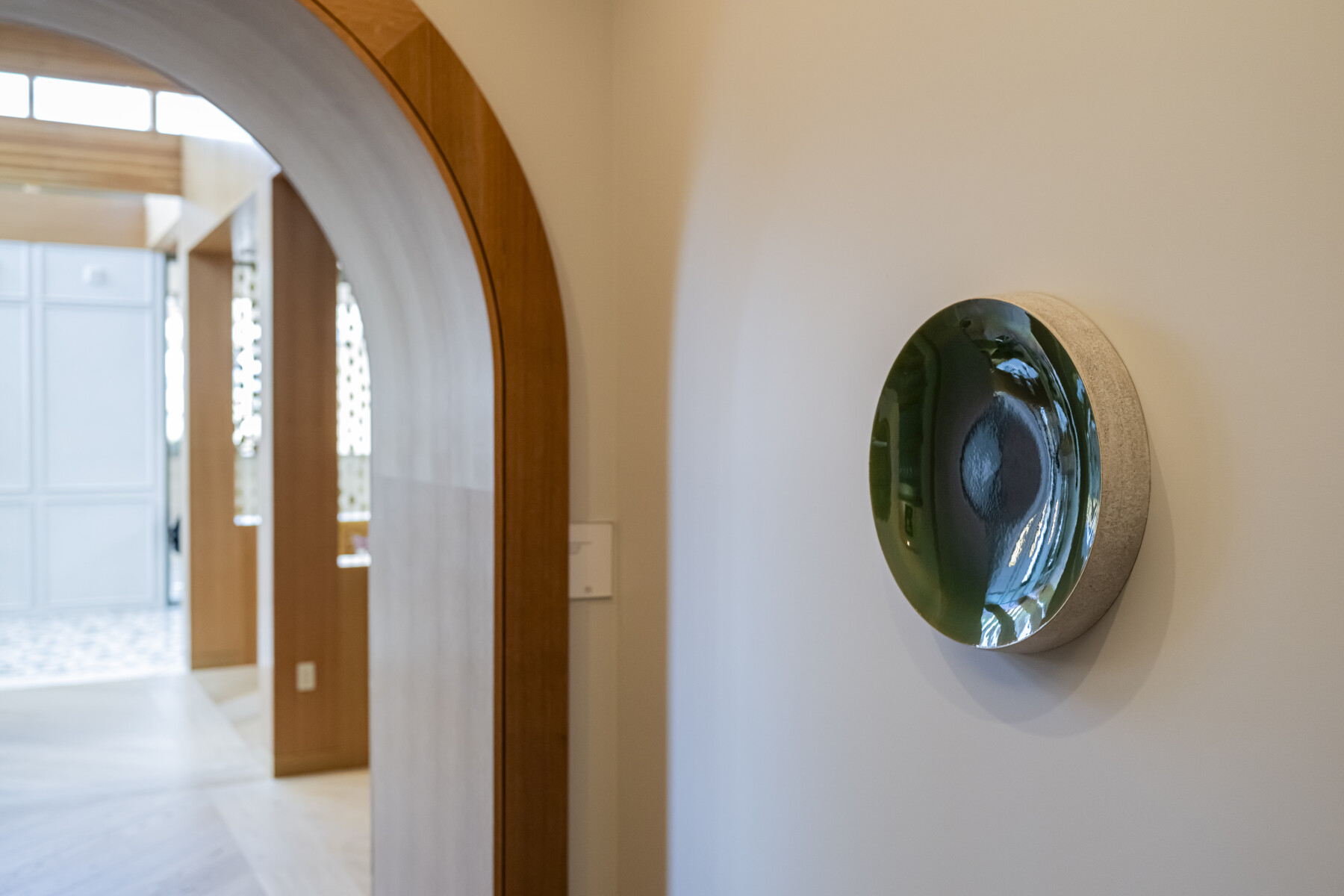Cultivist Conversations with Bella Union’s Artist in Residence Harold Mendez
04 Aug 2025Tucked away in the heart of Napa Valley, Bella Union is a place where wine, art and culture come together in quiet harmony. Rooted in craftsmanship and a deep respect for the land, the winery combines tradition with thoughtful innovation. This spirit now expands into the creative realm with the launch of its new Artist in Residence programme.
The initiative invites artists to live and work on the property, creating a site-specific work which is exhibited in Bella Union’s hospitality space. The first artist to inaugurate the residency is Harold Mendez, a Los Angeles-based artist of Mexican-Colombian heritage. His appointment serves as a thoughtful tribute to the Mexican community, which winery co-owner Beth Nickel, a longtime patron of the arts, credits with playing a significant role in the company’s success.
Each year, a selected artist will be immersed in the rhythms of vineyard life, drawing inspiration from the land to produce a commissioned piece that is unveiled at the close of their stay. For Mendez, that piece is A Moment’s Notice, a monumental sculptural landscape made from marbled cork, silver leaf and copper reclaimed from the estate. Wine lees, the natural residue left from the winemaking process, are also absorbed into the surface, giving the work both pigment and presence. The title references both the precise timing of the grape harvest and John Coltrane’s iconic jazz composition, underscoring the improvisational yet deliberate nature of the creative process.
Installed permanently at the estate, the work reflects on time not as something fleeting but as a continuum of growth, labour and transformation. As Mendez notes, “The materials I’ve worked with are all in conversation with this place, carrying its history and its time.”
Join us in conversation with Harold Mendez as he shares insights into his residency and the work it inspired.
Q: A Moment’s Notice is a powerful meditation on transformation, time and labour. Can you talk us through the materials you used, such as marbled cork, silver leaf and wine lees, and explain how they embody the spirit of Bella Union?
A: The wine lees is really what brought this work together for me. I was intrigued by it as a new material to work with within my practice. As a material, it truly embodies the topography around Bella Union, which is what was used as a pigment to make the “landscape” in this work. This residue is quite literally an accumulation of its locality, time and labor.
During my time at Bella Union, I spent a considerable amount of time experimenting with the lees while also gaining a greater awareness of the winemaking process, which later led me to using cork as the substrate for the work. All of my material choices were driven by questions about how they could be transformed. In A Moment’s Notice the cork is flattened and mixed with silver leaf creating a very topographical surface that seems to radiate. What’s surprising about seeing the marbled cork in person is how it reflects light in these very nuanced ways and how that visually changes based on your physical proximity to it.
Q: This residency allowed you to immerse yourself in the land and rhythms of the vineyard. How did that embodied experience, from walking the soil to observing the harvest, shape the way you approached this commission?
A: From the outset, I let my curiosities help guide the making. I walked into it being as open as possible about what I’d encounter, find or learn from. And a lot of that took place through my conversations with the team at Bella Union. Getting a sense of what’s what and why during the harvest was important for me before the making. Over a period of time, this level of engagement and material experimentation allowed me to develop the context for the work and the story behind its making, which I believe is reflected in A Moment’s Notice.
Q: Your work often engages with memory and the reconstruction of place. How did the layered histories of this site, from its Indigenous roots to the Mexican land grant and its current life as a working vineyard, influence your thinking?
A: I was curious to learn more about these layered histories, particularly because so much of my practice speaks to ideas that engage with place. What was unique in this case was that I was able to develop work within a very different context and framework that I normally work within, exhibiting in museums and institutions.
During my initial visit, I was able to share a meal with several of the team members from the winery, all of whom migrated from Mexico and who were open to sharing their personal stories and histories with me. From these conversations, I began to think about the importance of their collective efforts, their labor, and their sense of self within this place.
All of this led me to think more in depth about land. It also influenced the making of two works that are on view in the Petit Salon, which were made site-specifically and were inspired by these conversations. There are two text-based works that function as these kinds of tone poems that use language as material. The texts are both sourced from fragments of poetry by Juan Felipe Herrera (the first Latino U.S. Poet Laureate and MacArthur Genius Recipient who is the son of migrant farmers) and speaks to ideas of community, cultivation and cultural memory. I found this to be a compelling intersection where all of our histories could converge and resonate in new ways.
Q: Alongside the commission, you have curated an exhibition of 22 personal works displayed throughout Bella Union’s spaces. How do these pieces converse with A Moment’s Notice, and what narrative or atmosphere were you hoping to create through their placement?
A: Throughout my practice, I’ve explored working with a wide range of materials (Cochineal insects, obsidian and now wine lees) that are often guided by their relationship to a place and my engagement with it.
For the presentation, I wanted to create a group exhibition of my own work that was made over the course of many residencies I’ve been part of and that could collectively address these ideas about place and transformation throughout the spaces. From the selection of works in the exhibition, it’s evident that the works move fluidly from one medium to another with varying shifts in scale and reflect a diversity of approaches and what these materials embody.
For example, one of the very first works that a guest encounters as they enter Bella Union is a large-scale sculptural installation made entirely of treated eucalyptus bark that brings the physicality of the outside indoors. From this work, to A Moment’s Notice, and throughout, there are numerous examples where these ideas of transformation and place consistently resonate.
Q: As the first artist to inaugurate this residency, you have helped establish a tone for the programme. What do you hope future artists might take from this experience, and from your contribution to it?
A: There's always room for encountering something new. My hope is that the residency continues to invite artists with an open invitation for experimentation to make something unexpected.


